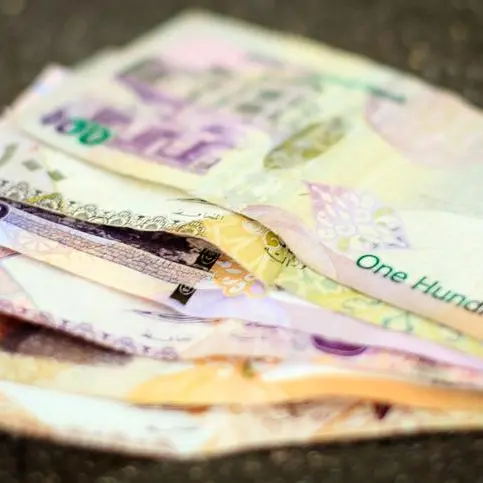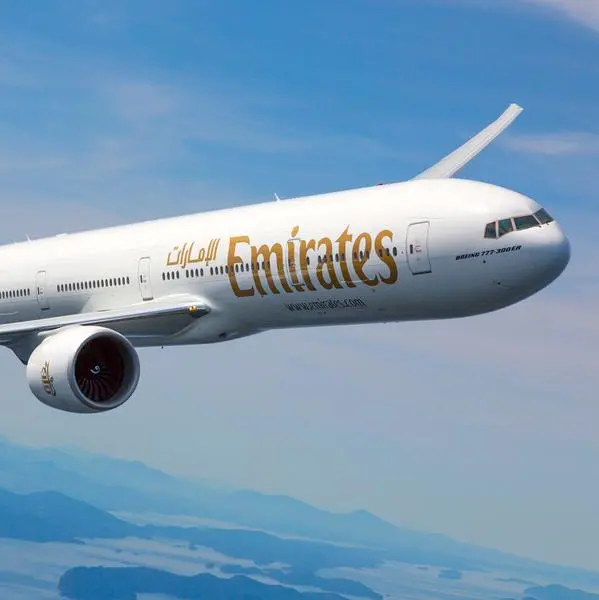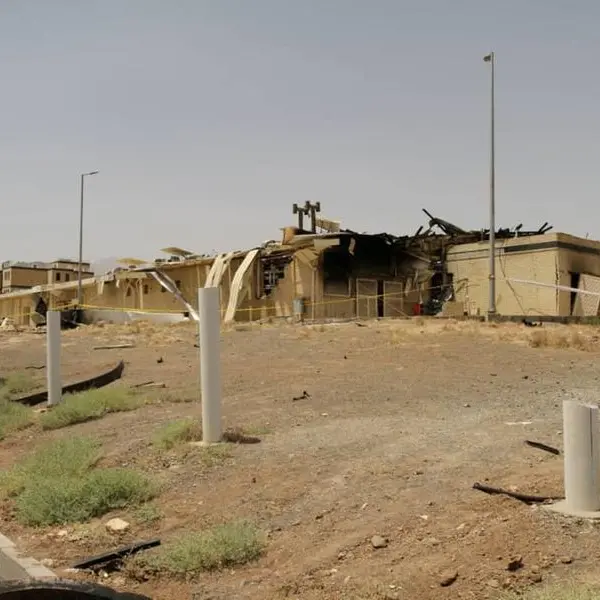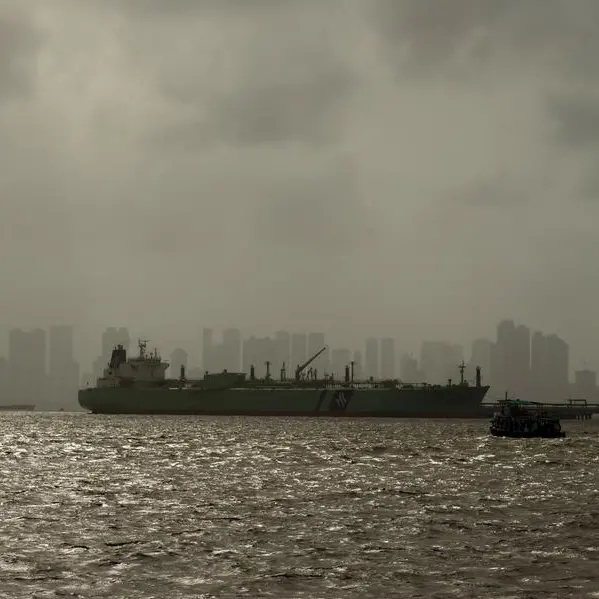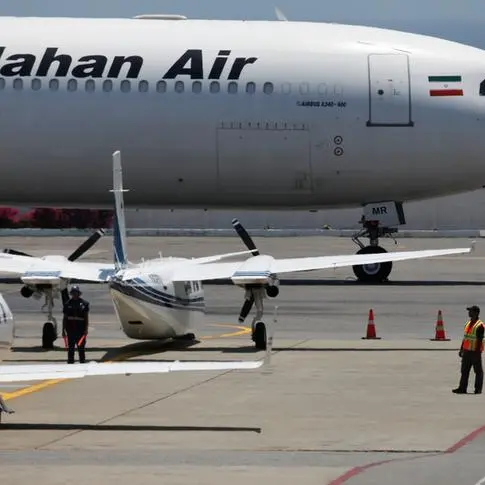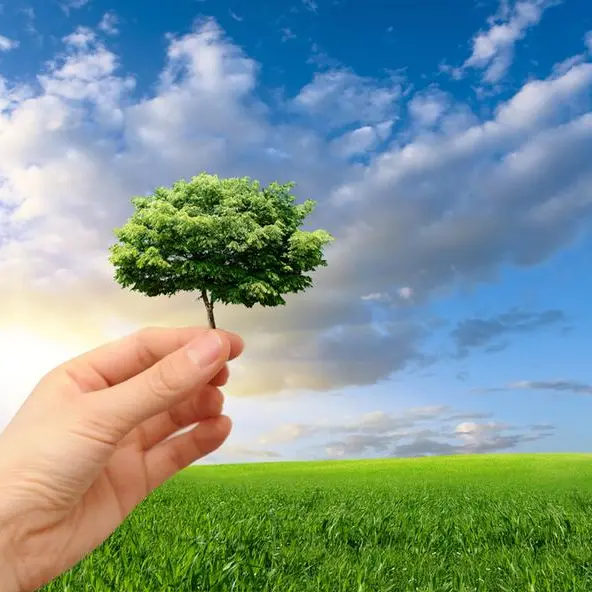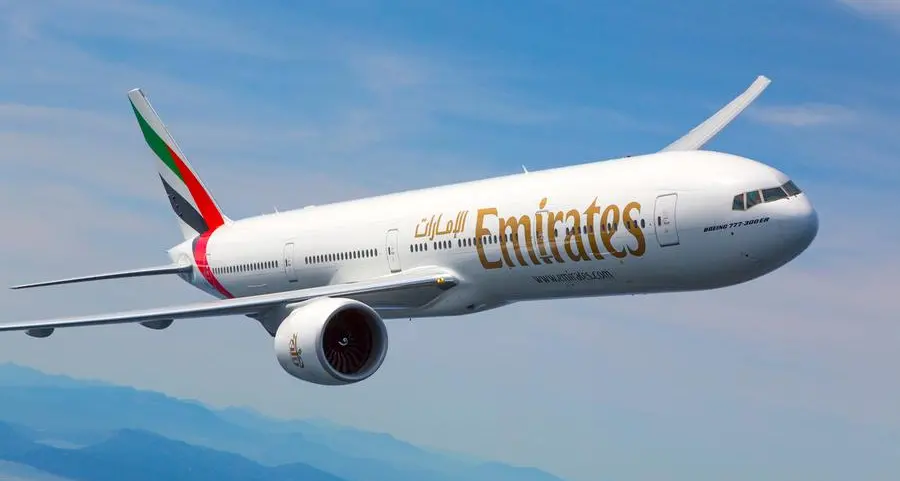Sunday, Jul 02, 2017
Dubai: Qatar’s key economic indicators that stood resilient in 2016 and in the first quarter of 2017 are now looking bleak as the country faces diplomatic and economic isolation from its neighbours and other Arab nations.
The recent sanctions on Qatar by a group of states led by Saudi Arabia, the UAE, Bahrain, Egypt, Libya, Yemen and a few other allied countries is expected to have huge consequences on Qatar’s economy if a solution is delayed.
In the fourth quarter of 2016 Qatar’s GDP improved by 4 per cent quarter on quarter as oil & gas related sectors went up by 6 per cent over the same period. On a year on year basis the GDP was up 2.1 per cent while oil & gas related sectors went down by 6.4 per cent over the same period. The non-oil sector however grew on a year on year basis by 6.5 per cent as the private sector grew by 4 per cent in the same period.
Qatar’s key economic indicators such as liquidity in the banking sector and credit growth were positive until the end of the first quarter.
Total credit facilities continued to grow and stood at a record high level at the end of the first quarter of 2017, with an increase of 1.9 per cent to reach 855 billion Qatari riyals. But with the economic sanctions taking its toll on liquidity, Qatar is facing potential funding shortage and high cost of funds that could curtail credit growth leading to lower GDP growth, especially non-oil GDP growth.
“A peaceful resolution to the GCC-Qatar crisis is most likely, but de-escalation is likely only gradually. Risk of further escalation remains. The large FX mismatch in the Qatari banking sector keeps it vulnerable to an abrupt withdrawal of GCC funding. We estimate $35 billion (20 per cent of GDP) in banking sector capital outflows within one year if the GCC decides to sever financial ties,” said Jean Michel-Saliba, Mena Economist of Bank of America Merrill Lynch.
Analysts say although Qatar Investment Authority’s (QIA) foreign assets will help the country to withstand outflows and defend the peg, prolonged outflows could erode QIA’s balance sheet.
“Conservatively and arbitrarily assuming that 50 per cent of the QIA portfolio is liquid, the potential GCC claims on the Qatari banking sector ($35 billion) represent a large 20-27 per cent share of the QIA liquid foreign assets,” said Saliba.
According to Institute of International Finance (IIF), a Washington headquartered global association of the financial services industry, if the current crisis persists for an extended period and ties deteriorate further, Qatar’s GDP growth could decline to 1.2 per cent in 2017 and 2 per cent in 2018, principally due to lower non-hydrocarbon growth impacted by increased uncertainty weighing on investment and a tighter financial environment and perhaps deposit flight which could raise the cost of funds.
Cuts in financial ties and increased counterparty concerns could hinder ease of doing business and trade finance.“In this scenario, lower than expected non-hydrocarbon revenue could widen the deficit fiscal deficit to 7.8 per cent of GDP in 2017. The external current account deficit could remain at around 2 per cent of GDP as the sharp fall in travel and transport related service receipts due the prolonged travel bans of neighbours and airspace closures,” said Boban Markovic, Research Analyst at IIF.
While global credit rating agency Standard & Poor’s has downgraded the sovereign ratings of Qatar and changed the outlook of some of the leading corporate entities with negative implications, other rating agencies have warned of potential rating downgrade and or change in outlook to negative.
By Babu Das Augustine Banking Editor
Gulf News 2017. All rights reserved.
